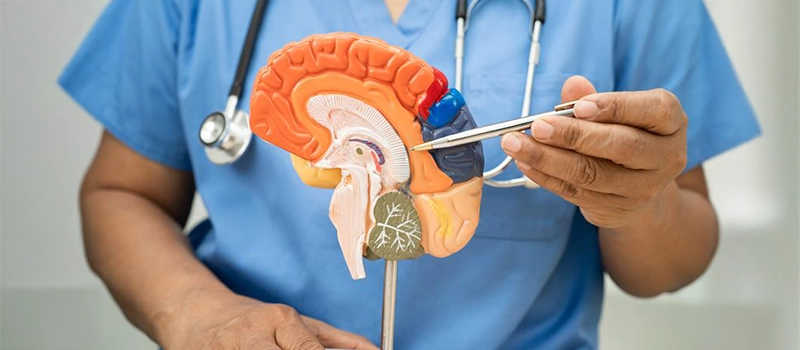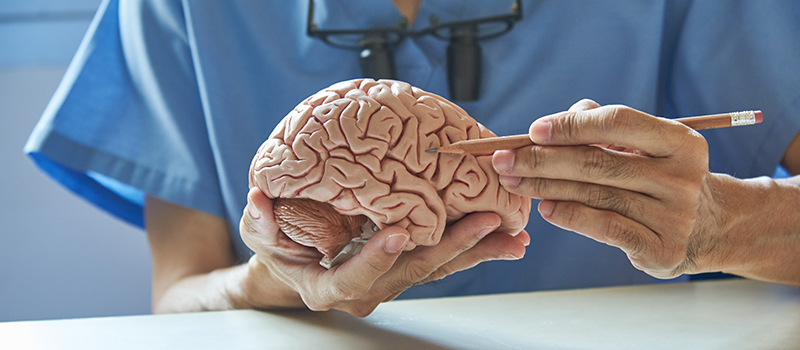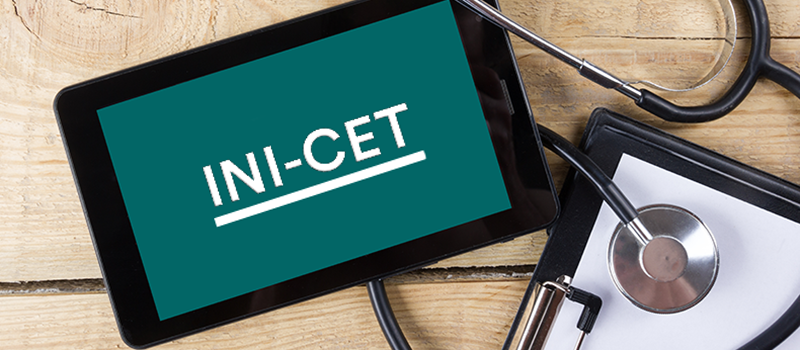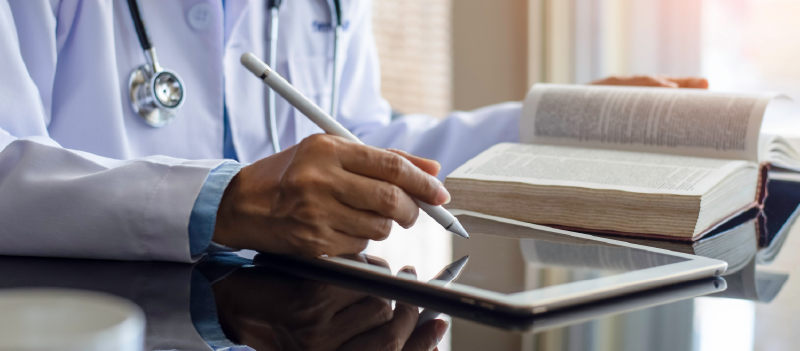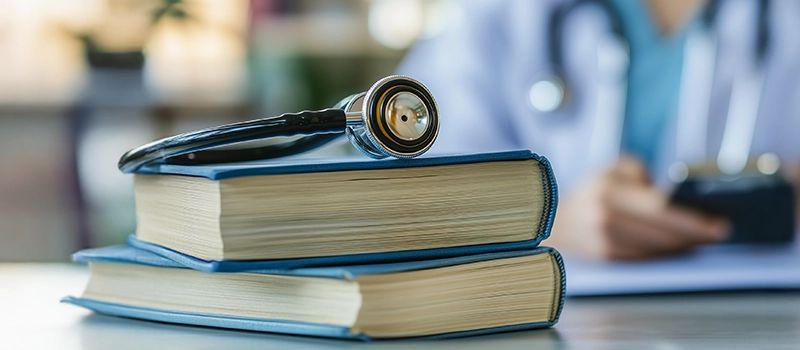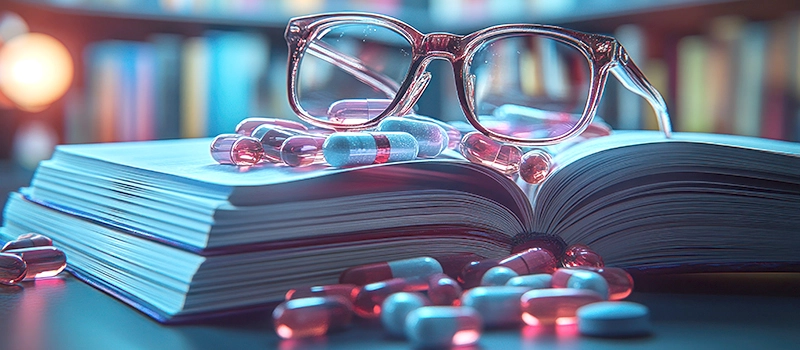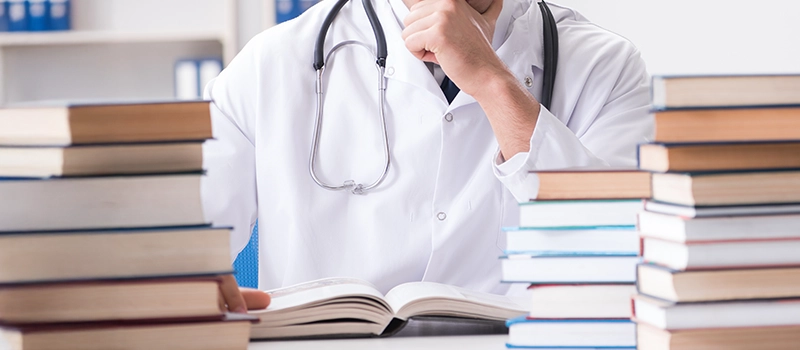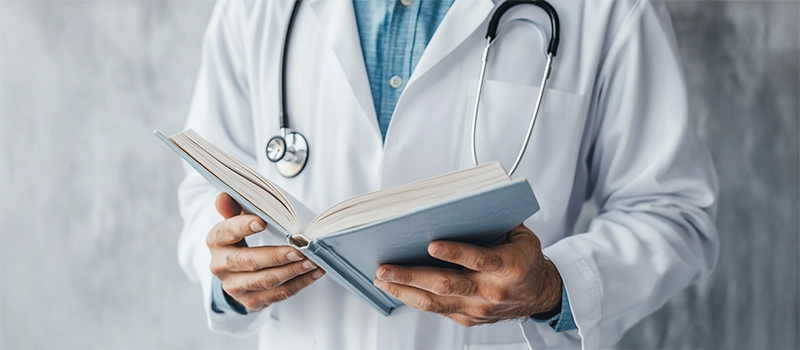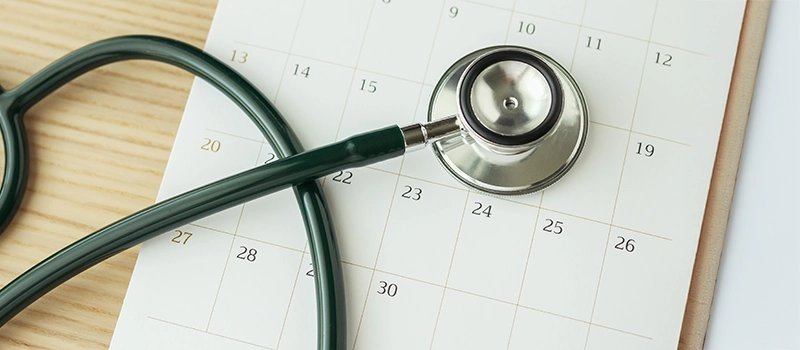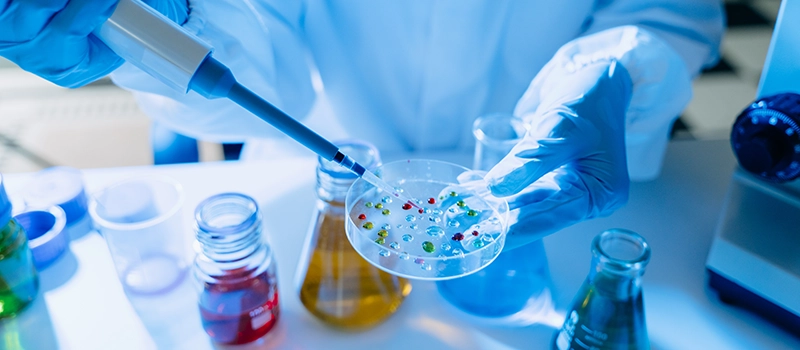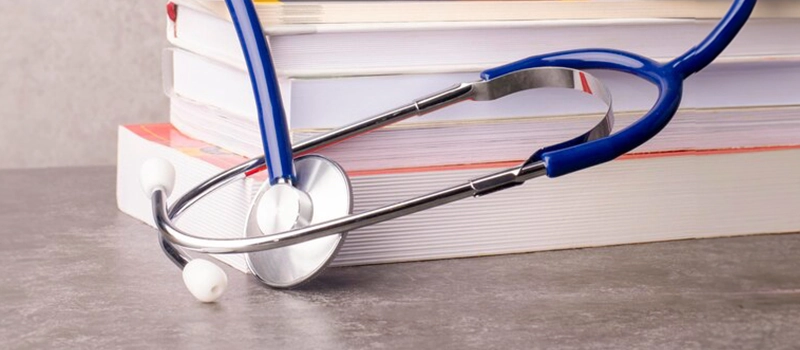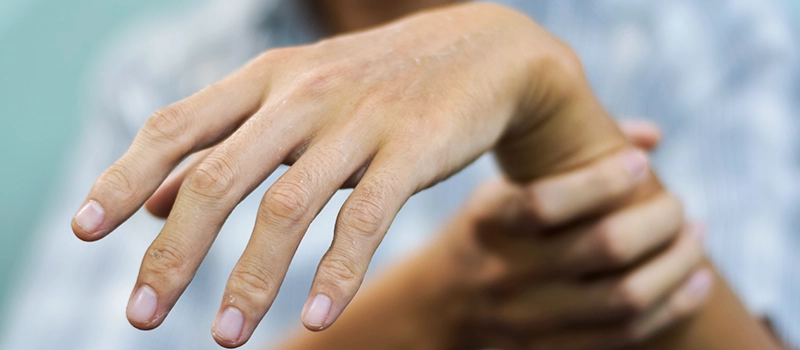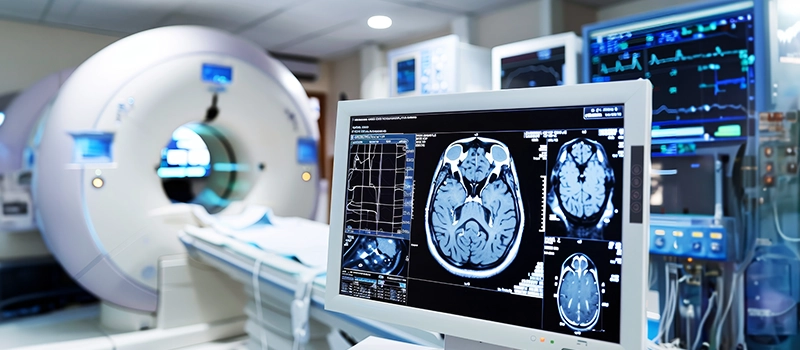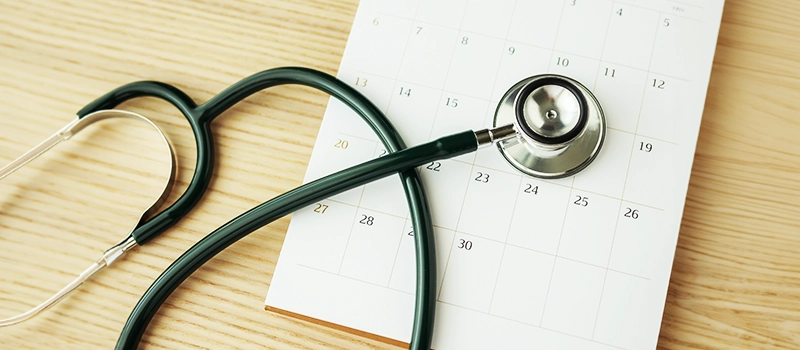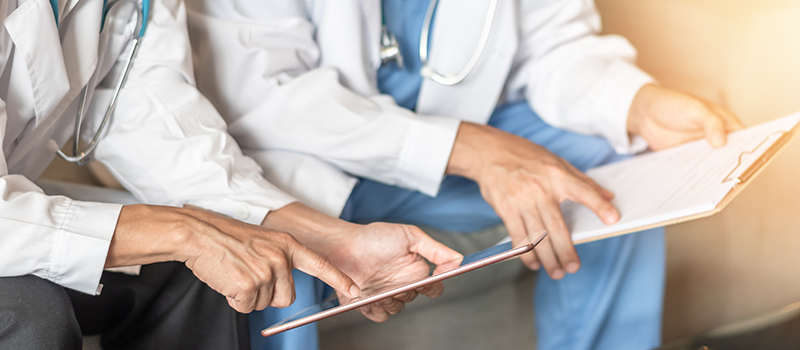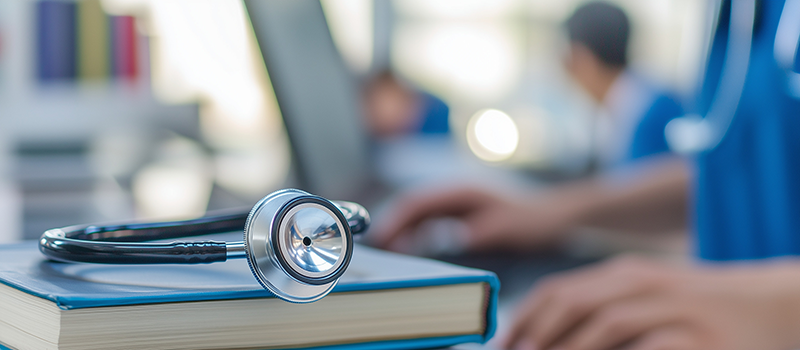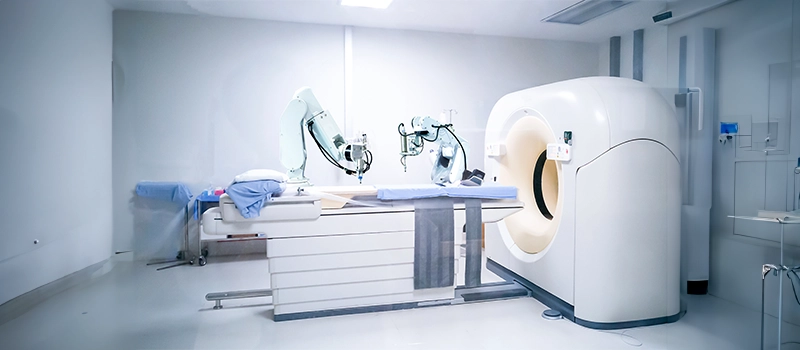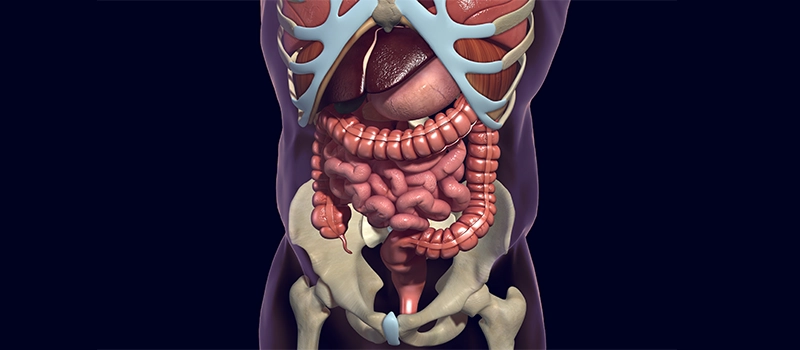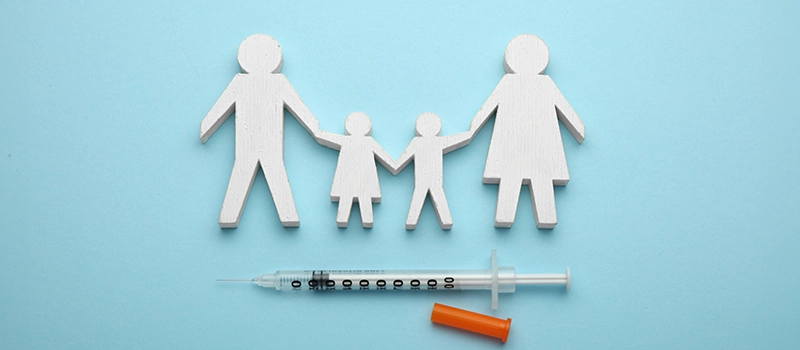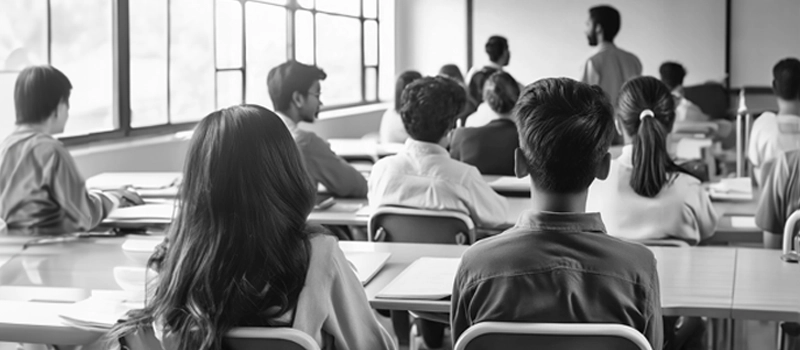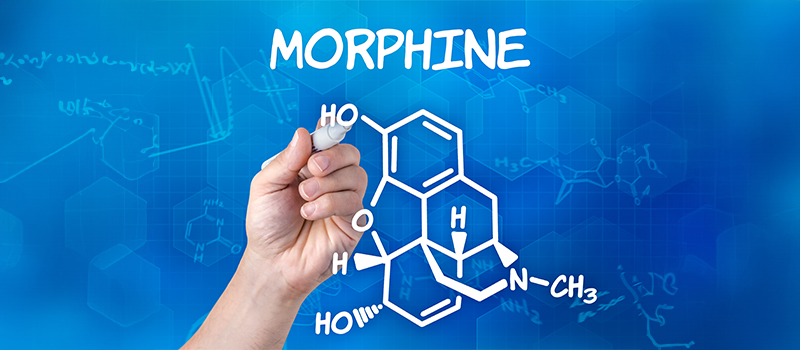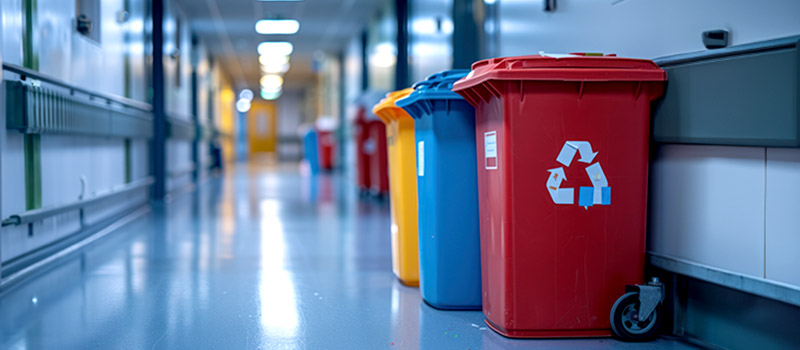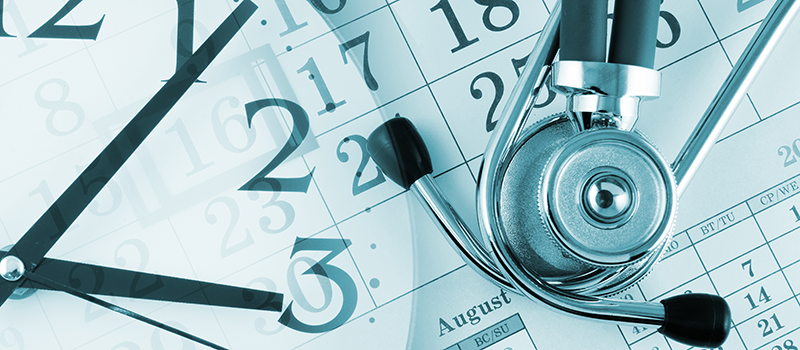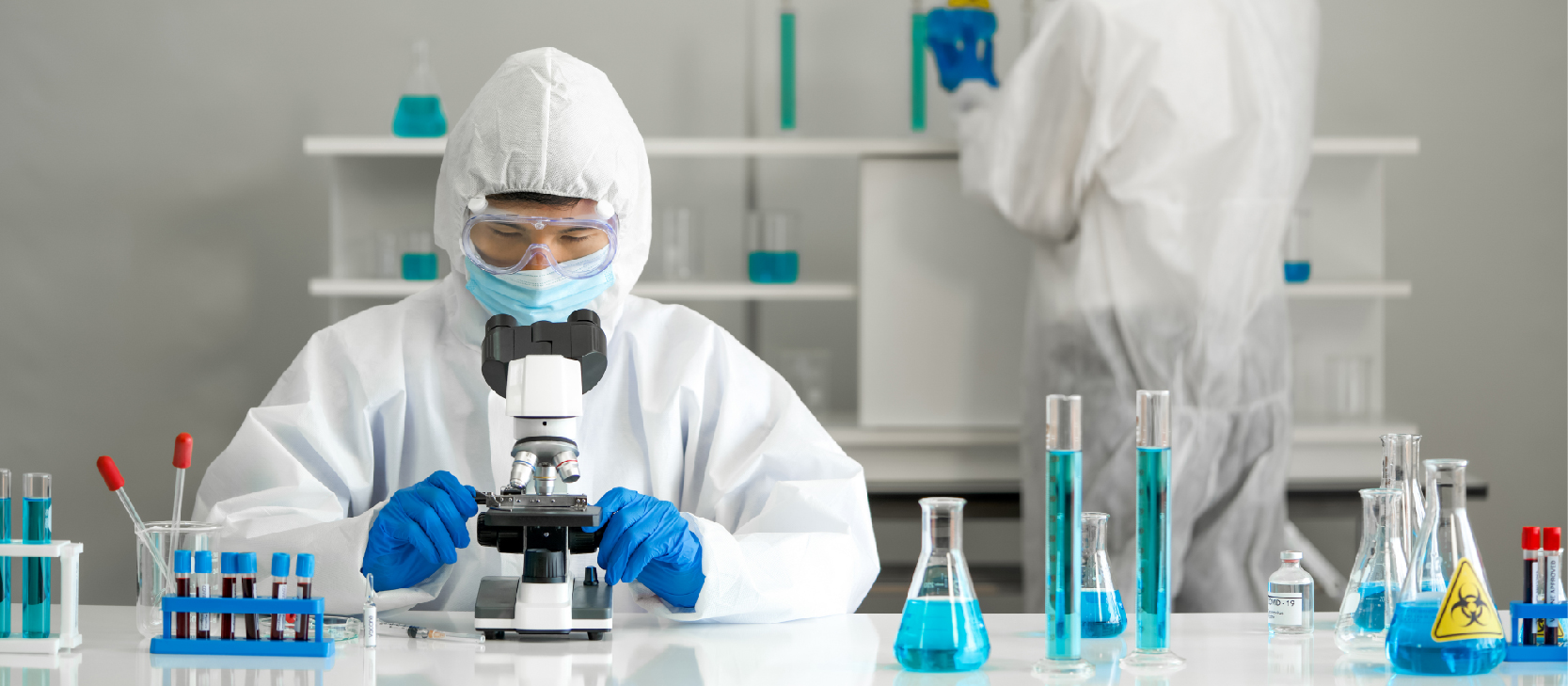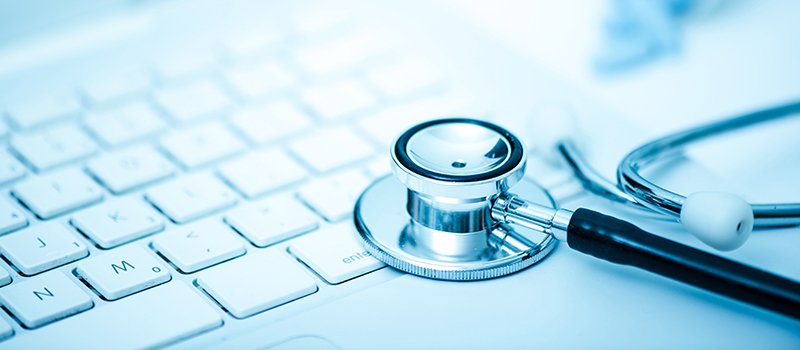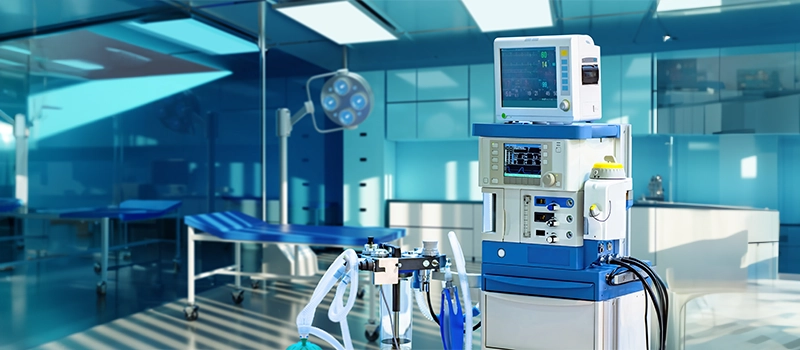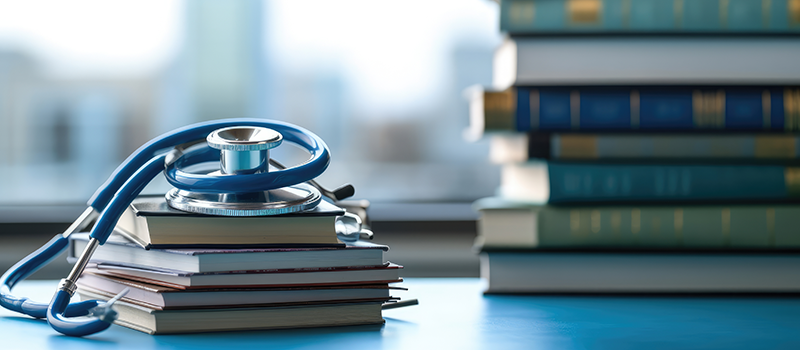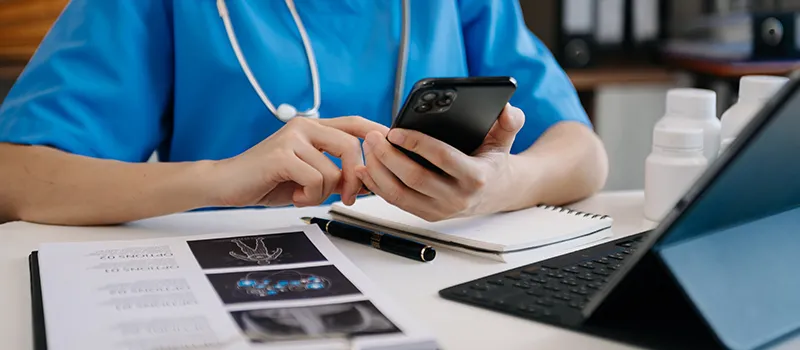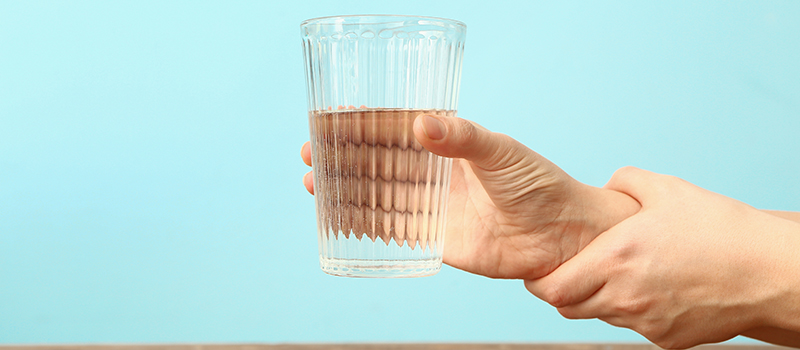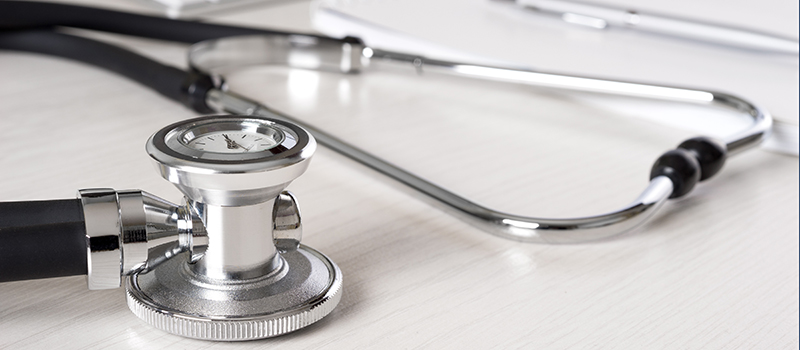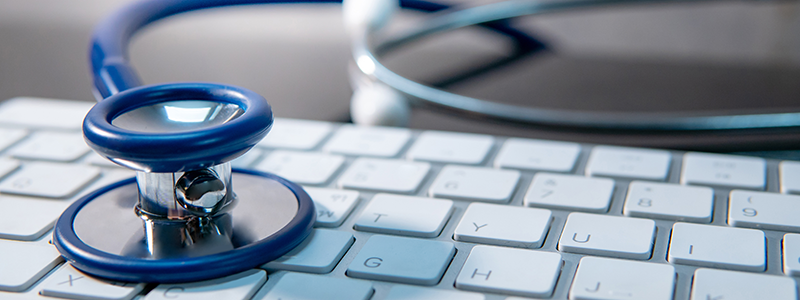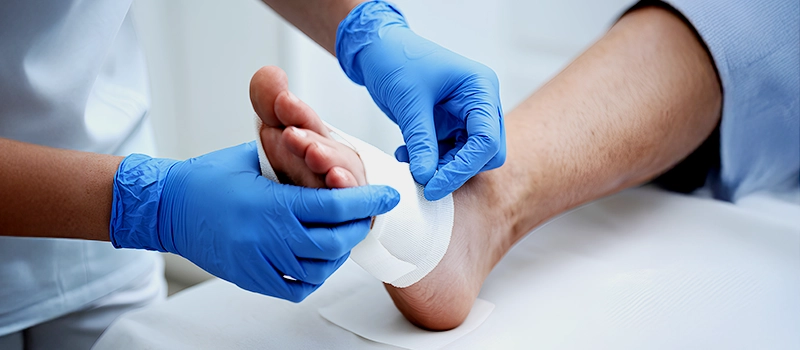
Phases of Wound Healing
Wound healing is the normal body response to injury (surgical/traumatic) to restore the normal structure and function. Wound healing process involves any of the two processes.
- Regeneration: Perfect restoration of preexisting tissue architecture without scar formation. In human, regeneration process is limited to epithelium and liver. Increased proliferation of cells in wound site. Migration of cells into the injured tissue from normal tissue.
- Repair: Wound healing occurs by proliferation of connective tissue resulting in fibrosis.
Classification of Wound
- Acute Wound: Follows the orderly steps of repair to achieve the structure and function for example, surgical incision, incised wound by sharp objects, laceration.
- Chronic Wound: The process of repair is arrested at the inflammatory phase due to multiple reasons. Example: Diabetic ulcer, pressure sores.
- Tidy Wound: Caused by sharp instruments of objects. No devitalized tissue present.
- Untidy Wound: Caused by tearing, avulsion. Contain devitalized tissue.
Types of Wound Healing
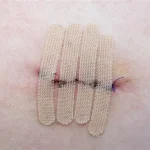
- Primary Intentions: Clean incised wound/surgical wound. Wound closed by suturing, skin grafting or flap closure.
- Secondary Intentions: Highly contaminated wound or tissue loss. Wound is left open to heal.
- Tertiary Intentions: Contaminated wound, treated by debridement. Wound closed by suturing skin grafting or flap.
Four Stages of Wound healing
-
Hemostasis (Immediate Response)
- Hemostasis is the process of stopping bleeding, which is essential to prevent excessive blood loss.
- Blood vessels constrict (vasoconstriction), and platelets aggregate to form a clot.
- Fibrin, a protein, forms a mesh that stabilizes the clot.
- The clot also serves as a matrix for incoming cells that will begin the healing process.
-
Inflammatory Phase
- The body responds to the injury by initiating inflammation to prevent infection and start the repair process.
- White blood cells rush to the wound site to fight infection.
- Macrophages are also recruited to clear debris, dead cells, and pathogens, while also releasing growth factors to stimulate tissue repair.
- The wound site may be swollen, red, and warm due to increased blood flow and the activity of immune cells.
-
Proliferative Phase:
- This phase is focused on tissue formation and wound closure.
- Angiogenesis: Formation of new blood vessels from existing ones to supply the growing tissue with nutrients and oxygen.
- Fibroplasia: Fibroblasts migrate to the wound site, where they produce collagen and extracellular matrix, forming a temporary “scaffold” for new tissue.
- Epithelialization: New skin cells (keratinocytes) move across the wound to form a new epithelial layer.
- Granulation Tissue: It is red and moist tissue composed of new blood vessels, fibroblasts and extracellular matrix.
-
Maturation (Remodelling) Phase:
- The final phase focuses on strengthening and remodelling the tissue to restore normal function and appearance.
- Collagen is remodelled to form a more organized structure, which increases the tensile strength of the wound.
- Excess collagen is broken down and resorbed, leading to a scar that is initially red and thick but gradually flattens and fades over time.
- The wound becomes more durable, and the new tissue matures, though it may never regain the full strength of the original tissue.
Role of Growth Factors in Healing
- Different growth factors are:
- Platelet-derived growth factor (PDGF)
- Fibroblast growth factor (FGF)
- Vascular endothelial growth factor (VEGF)
- Granulocyte-macrophage colony-stimulating factor (GM-CSF)
- Insulin-like growth factor (IGF-1, IGF-2)
- Growth factors act on cells by surface receptor binding.
- Growth factors have different actions on different cells:
- Chemotaxis of PMNs, macrophages, fibroblasts
- Stimulation of angiogenesis
- Stimulation of fibroblasts leads to replication and proliferation
- Stimulation of collagen synthesis
- Regulation of ECM synthesis.
Factors Affecting Wound Healing
-
Systemic Factors
- Malnutrition: Normal healing process is delayed and impaired leads to weak scar formation.
- Hypoxic wound environment: Optimal collagen synthesis for wound healing requires oxygen as a cofactor. Factor causing hypoxia in wound (e.g. cardiac failure, arterial insufficiency, excessive tension on tissue) affects proper wound healing.
- Diabetes Mellitus: The lack of insulin (insulin restores collagen synthesis and granulation tissue formation) and hyperglycemia (by affecting the migration and phagocytic function of inflammatory cells and proliferation of fibroblast and endothelial cells) leads to impaired wound healing. The micro and macroangiopathy, associated nephropathy- All adversely affect wound healing. Diabetic wound also lacks adequate growth factors.
- Chronic renal and hepatic disease: Decreased collagen synthesis leads to weak scar formation.
- Collagen vascular disease: The disease itself as well as medications are responsible for impaired inflammatory cell migration and collagen deposition.
- Smoking: Impairs wound healing by causing cutaneous vasoconstriction, nicotine impairs collagen synthesis.
- Steroid and antineoplastic drugs: Steroids inhibit the inflammatory phase of wound healing. It impairs collagen synthesis, inhibit epithelialization and wound contraction. Antineoplastic drugs impair proliferation of fibroblasts as well as inhibit the inflammatory phase of wound healing.
-
Local Factors
- Infection: Presence of infection delays wound healing. Infections alters the effects of cytokines, leads to delayed healing.
- Wound hypoxia: Local damage to the vessels following trauma, edema around the wound, excessive tension due to suturing lead to wound hypoxia. Hypoxia leads to impaired fibroblast proliferation and collagen synthesis.
- Edema: Leads to increased tendency to skin breach and development of infection.
- Ionizing radiation: Leads to abnormal wound healing.
- Chemical agents: Chlorhexidine or povidone-iodine impairs inflammatory cell migration leads to delayed wound healing.
Frequently Asked Questions:
- What are the 5 processes of wound healing?
There are two main types of healing, primary intention and secondary intention. In both types, there are four stages which occur: haemostasis, inflammation, proliferation, and remodelling. In this article, we shall look the mechanisms of wound healing, factors affecting healing, and wound infection.
- What are the 4 C’s of wound healing?
The 4 C’s of wound healing—Cellular Response, Coagulation, Contamination, and Closure—provide a framework for understanding the fundamental principles and processes involved in wound repair.
- What are the 6 factors that promote wound healing?
This can include: (1) blood pressure, (2) blood glucose levels, (3) tissue perfusion, (4) oedema management, (5) reinforce medication compliance, (6) offloading, and (7) pressure relief. The rehabilitation professional can provide education on how these factors can affect wound healing.
Related post
